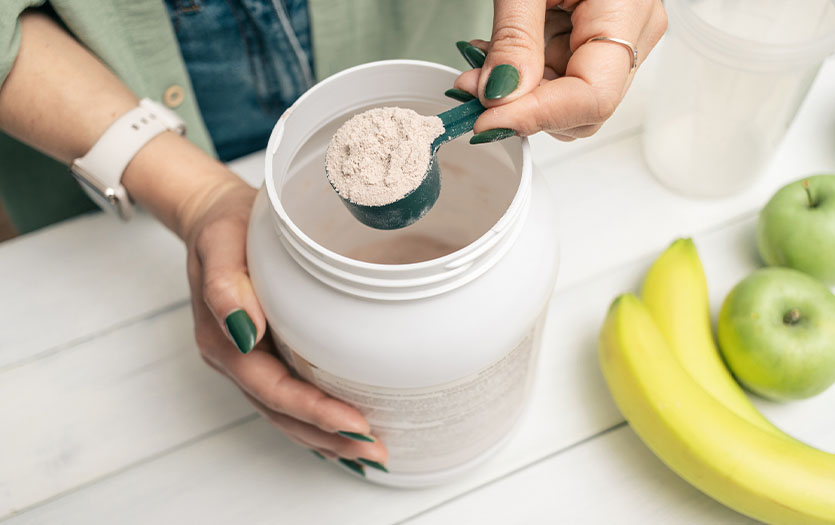
This post was written by Mary Wagmeister, NP, PPG – Cardiology.
Many patients have come to me recently with shortness of breath or fatigue when doing everyday tasks. My question to them is, “What have you done this past year?” Inevitably, and unfortunately, their answers are usually the same, “Nothing, due to COVID-19.”
The problem
According to a survey by the American Academy of Family Physicians, more than 60% of physicians saw an increase in obesity among their patients with contributing factors including lifestyle, lack of exercise, poor diet and stress. This rise increases the risk of heart disease, diabetes and some types of cancer. Though most are anecdotal, new data is starting to confirm these changes are a result of the pandemic.
Another survey by Nuffield Health found 73% of adults did not do a minimum requirement of exercise each week (150 minutes of moderate-intensity or 75 minutes of vigorous-intensity). Not only does this lack of physical activity cause loss of strength, bulk and overall physical health, but it also has consequences for the heart. Many will find their heart working harder and beating faster over the same basics tasks they had no problem doing before the pandemic.
We lose fitness quickly and having a larger population of people doing little to no exercise or movement created this deconditioned effect. While there are many studies of patients on bed rest, they are conducting more due to the pandemic.
Additionally, physicians have noticed this decondition effect is present in unaffected healthy children too. A study published in Pediatric Cardiology by Dayton, Ford, Caroll, Flynn, Kourtidou and Holzer, compared pre- and post-COVID-19 oxygen uptake. They found the intake was substantially lower and discovered a “significant measurable decline in physical fitness of healthy children as a result of the COVID-19 pandemic and its associated restrictions.” If this is the case for healthy children, can you imagine the effect on adults?
Take action
The good news? You are not alone. You can turn things around, but it will take work. Realistically, you shouldn’t expect to get your conditioning back as quickly as you lost it. Instead, start small and focus on the following:
- Eating habits: Look at the changes in your eating patterns. For example, you might notice you’ve been snacking more on foods with higher carbohydrates, fat and sugar. But, just like anything, it’s best not to go cold turkey and deny or restrict yourself. If you do, you might find yourself more susceptible to binge eating. Instead, take it slow and start to reintroduce healthier eating habits as you go.
- Exercise: Three types of exercise that will benefit you and your overall heart health include:
- Aerobic exercise: Try incorporating physical activity like brisk walking, running and biking into your routine for 30-minutes a day at least five days a week. This will help lower your blood pressure and heart rate while also improving circulation.
- Stretching: Other beneficial exercises include stretching, flexibility and balance. These are important because they help you carry out aerobic exercises. Also, keep in mind, you should stretch every day both before and after any physical activity.
- Resistance training: A review of studies by Steven Mann, Christopher Beedle and Alfonso Jimenez in Sports Med, 2014, found that resistance training like free weights or resistance bands along with aerobic exercise can improve your good cholesterol (HDL) while lowering bad cholesterol (LDL).
Final thoughts
Remember, be sure to set small goals you can achieve. This is a marathon, not a sprint. Also, you might be more deconditioned than you thought, so some activities may seem more difficult than you recall. Take your time and slowly increase your activity, steps and/or pace over several weeks. Finally, you will have successes and setbacks, but don’t beat yourself up. Deconditioning took time, so it will take time to recondition as well.



